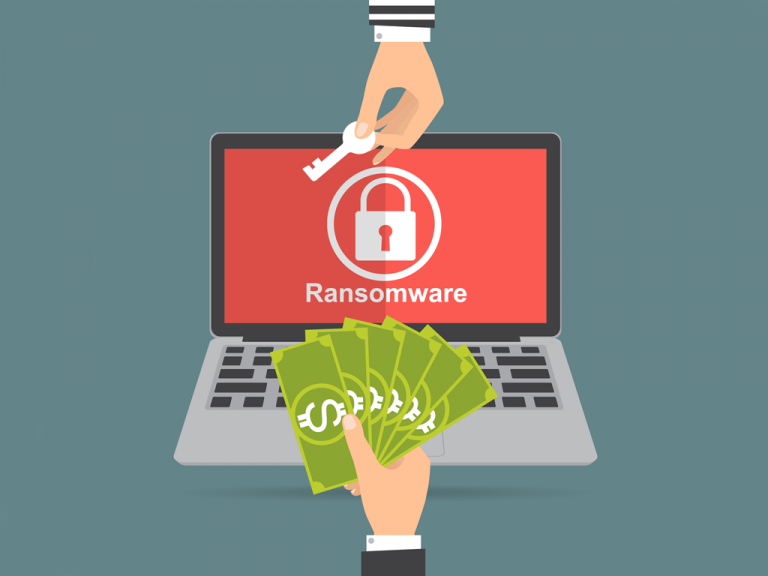It sounds nasty. You know that you don’t want it. But exactly what is ransomware? The term ransomware is used to describe a malicious cyber attack in which the attacker holds your information hostage. The attacker demands a ransom if you ever want to see your precious information again or if you don’t want to see sensitive information shared with the public.
The first ransomware attack is widely considered to have spread via floppy disk in 1989. It mostly affected people working in science. Today, ransomware is an everyday word. It affects personal users and businesses around the globe.
If you are the victim of a ransomware attack, you can expect to immediately lose access to important files and folders. Often, areas of your computer become password protected, locking you out of parts of your own system. Alternatively, your original files may be deleted and you’ll be told to pay for their return.
As with most undesirable intrusions, prevention is preferable to finding a “cure”. A reputable IT firm will be able to pro-actively analyze risks to a business network and follow the necessary steps to substantially reduce the risk of a cyber attack.
In many unprotected firms, an attack will have already taken place. When you see the signs of an attack, that doesn’t necessarily mean that the intrusion has only just occurred. Hackers could have been in your system for a long time without being noticed.
Disaster and Recovery
A disaster and recovery plan might sound extreme, but you might also use the word “extreme” to describe the damage to businesses as a result of cyber attacks every single day of the year.
If you are willing to protect your business and its critical data from ransomware attackers, it makes sense to protect your business from all cyber attacks. From there, it’s no major leap to mitigating the damage from potential natural disasters, such as fire and flood, which makes up an important part of a comprehensive disaster and recovery plan too.
When you have a disaster and recovery plan in place, you can rest assured that the data you need to do business is safe, no matter what happens.
You may have read about firms that have been hit by cyber attacks and how they weathered the storm, aside from some damage to their reputations. There are plenty of major businesses that have been victims of ransomware attacks and they have paid the fines for the return of their critical data.
Look at the sizes of these businesses though. Larger businesses are more likely to have the brand awareness, finances, and resources to survive a cyber attack. Vast numbers of small businesses that are victims of ransomware, however, are unable to pay the fines and, when critical data is permanently lost, small businesses frequently fail to recover in the months following the attack.
Adequate network security is essential for the protection of your business, your clients, and your staff. If you’re thinking about seeing if an attack hits and then paying the demanded fee, remember that there are also plenty of occasions when ransomware attackers did not return the compromised files. Unprotected businesses without backups are at the mercy of cyber attackers. Trusting a hacker to fulfill their end of the bargain is even riskier than doing business without adequate network protection and a disaster and recovery plan in place.
